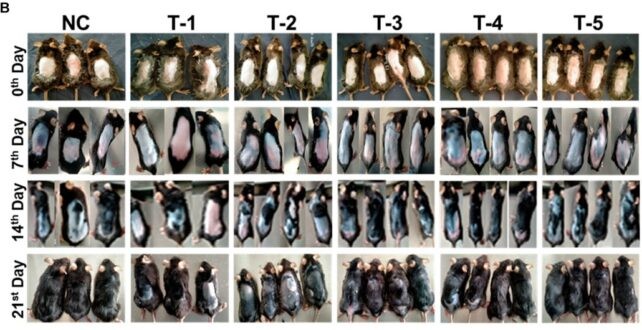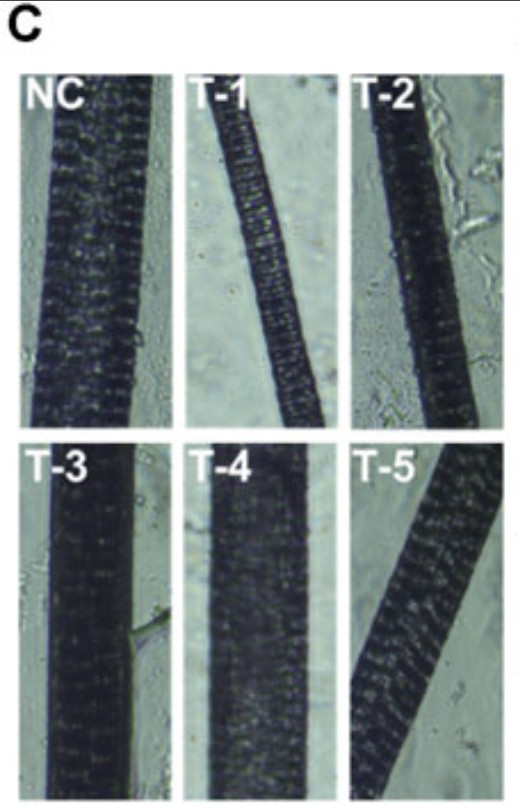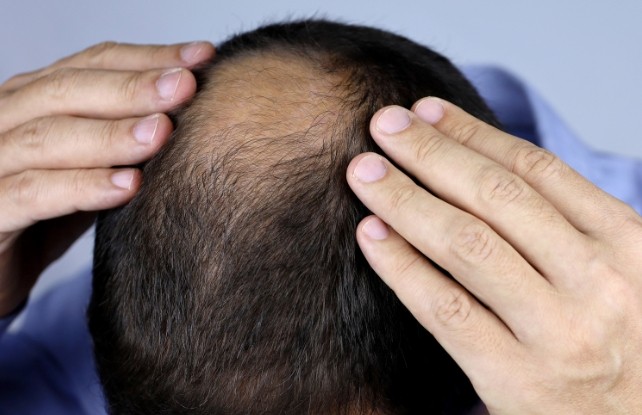A Sugar Gel That Regrows Hair? The Surprising Breakthrough Challenging the Global 40% Baldness Burden
Hair loss affects up to 40% of the population, and the FDA has approved only two drugs to treat it. In 2024, scientists uncovered a potential new treatment: a gel made from deoxyribose, a natural sugar involved in DNA, applied to the skin of male mice with testosterone-driven baldness, triggering robust regrowth within weeks. In direct comparisons, the sugar gel performed as well as minoxidil, the active ingredient in Rogaine, suggesting a simple, natural path forward—though human trials are still needed.

In This Article:
From Wound Healing to Hair Growth: The Curious Leap
The journey began with studying how deoxyribose helps form DNA and aids wound healing when applied topically to mice. Researchers at the University of Sheffield and COMSATS University in Pakistan noticed that fur around treated lesions grew back faster than in untreated mice, sparking further investigation. In a June 2024 study, male mice with testosterone-driven hair loss had the fur removed from their backs. Each day, scientists smeared a small dose of deoxyribose gel on the exposed skin, and within weeks the region showed robust regrowth, with long, thick hairs.

Sugar Gel vs. The Status Quo: Minoxidil, Finasteride, and Realistic Expectations
In side-by-side tests, the deoxyribose gel promoted 80–90% hair regrowth, comparable to minoxidil. Combining the deoxyribose gel with minoxidil did not produce a substantial extra effect. Finasteride, while slowing hair loss for many men, can have side effects such as erectile dysfunction, testicular or breast pain, reduced libido, and depression, and it is not approved for women. The study notes that the FDA has approved only two drugs for androgenic alopecia, underscoring the limited treatment landscape.

What This Could Mean—But It’s Early
Researchers observed increased blood vessels and skin cells around the treated site, suggesting that improved blood supply to the hair bulb may drive thicker, longer growth. “The better the blood supply to the hair bulb, the larger its diameter and the more hair growth,” the researchers write. If these findings translate to humans, the gel could treat alopecia or help regrow hair after chemotherapy, including lashes and eyebrows. The study is early-stage; lead author Sheila MacNeil cautions that more work is needed and notes the results are promising. The paper describing the work appears in Frontiers in Pharmacology; an earlier version of this article was first published in July 2024.

